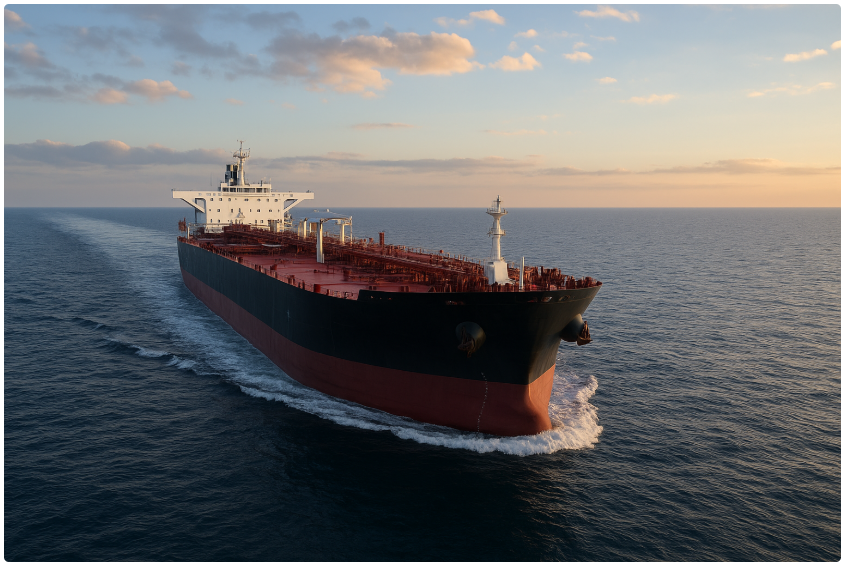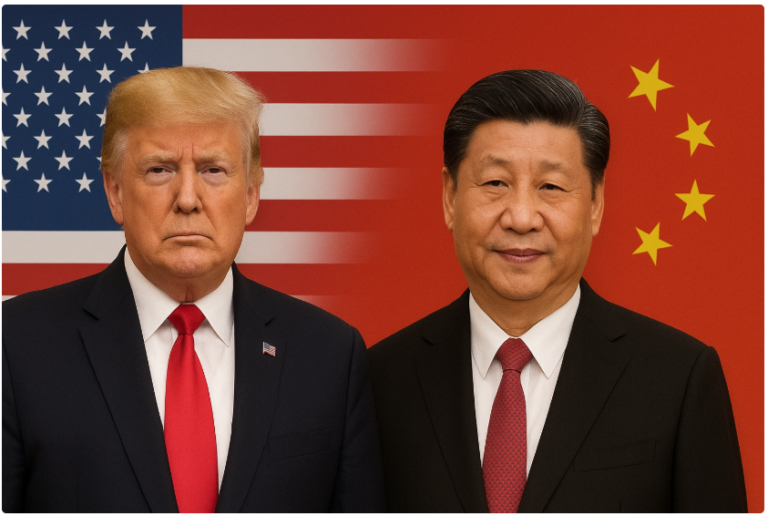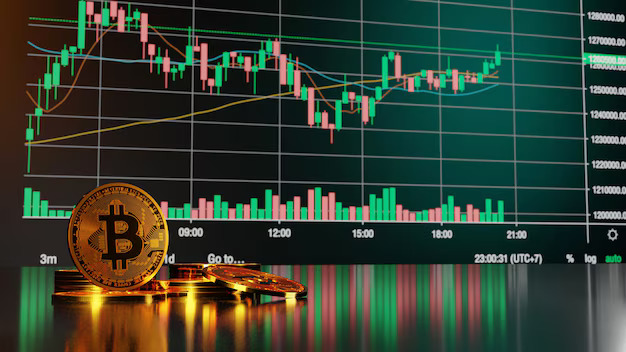Trump’s Tariff Strategy & China’s Port-Fee Retaliation: What It Means for Investors
In recent days, the U.S.–China trade tension has escalated further. Donald Trump’s renewed push for 100% tariffs on Chinese imports and new 25% tariffs on heavy-duty trucks has now been met with direct maritime retaliation from Beijing. This development adds a new dimension to the trade war — the global shipping and logistics front.
Recent Development: China Imposes Port Fees on U.S. Ships
- On October 14, 2025, China began collecting special port fees from vessels that are U.S.-owned, U.S.-flagged, U.S.-built, or operated by U.S. interests — as a countermeasure to U.S. port fees targeting China-linked ships.
- Less favoured ships will be charged 400 yuan (≈ $56) per net ton per voyage, for up to 5 voyages per year. By 2028, these charges are slated to rise to 1,120 yuan (~$157) per net ton.
- China exempted ships built in China or vessels entering for repairs.
- In tandem, China also sanctioned five U.S.-linked units of South Korea’s Hanwha Ocean, banning Chinese entities from dealing with them.
- In effect, we now have tit-for-tat port fees in addition to tariffs — making maritime trade a direct arena of confrontation.
Positive Sides for Investors (Revisited with Port-Fee Context)
Here are updated points, considering the new port-fee escalation:
- Protection of U.S.-based manufacturing & logistics firms
Tariffs and hostile measures against Chinese shipping may drive more supply chain activity back to the U.S. or allied nations — benefiting domestic producers and ports.
- Increased demand for U.S. maritime infrastructure
As global shipping becomes riskier or costlier, investment may tilt toward U.S. shipyards, logistics hubs, and port infrastructure.
- Strategic leverage in global trade negotiations
Imposing port fees escalates pressure beyond goods — it forces China to respond in logistics too, which could strengthen U.S. bargaining power.
- Alpha opportunities in shipping, infrastructure & defence
Stocks in sectors linked to shipping protections, ports, shipbuilding, or defence could see outsized gains in the near term.
- Capital inflows & safe-haven demand
As the confrontation deepens, global investors may continue rotating into U.S. markets and dollar-denominated assets.
Short-Term vs Long-Term Outlook (With Port Fees)
Short term:
— Elevated volatility and sharp movements in logistics, shipping, port, and industrial stocks.
— Protected sectors and infrastructure names may outperform.
— Risk of supply chain disruptions and increased freight costs.
Long term:
— If escalation continues, costs may rise across global trade, weighing on profitability.
— Persistent trade fragmentation could harm export-reliant industries.
— But if the standoff leads to a negotiated settlement or structural overhaul, U.S. firms could benefit from stronger trade rules and reshored supply chains.
Key Takeaways
- Trump’s aggressive tariff threats now face a direct maritime counterattack by China via port fees.
- The trade war has broadened — not only goods, but shipping, logistics, and ports are now battlegrounds.
- For investors, new opportunities and risks are emerging in maritime infrastructure, U.S. shipbuilding, ports, and logistics.
- The key will be timing — capitalizing on short-term volatility while watching whether escalation turns into de-escalation or prolonged conflict.
About MarketFacts
MarketFacts provides in-depth investment research, market analysis, and portfolio insights across asset classes and geographies. Our mission is to help investors make informed decisions to invest safely in increasingly uncertain investment scenarios using our investment research reports.






